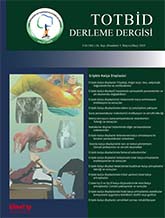
Hip arthroscopy has become widely used in the treatment of both intra-articular and extra-articular pathologies; however, the surgical outcomes and indications in cases of hip dysplasia remain controversial. Acetabular dysplasia is a condition characterized by inadequate acetabular coverage of the femoral head, predisposing patients to coxarthrosis. In particular, isolated arthroscopic treatment is thought to be insufficient in cases of moderate to severe dysplasia. Current literature suggests that, while arthroscopy can improve intra-articular pathologies in dysplastic hips, these patients have a higher rate of revision surgery and conversion to total hip arthroplasty compared to non-dysplastic hips. Isolated arthroscopy is not recommended for patients with moderate to severe dysplasia, as the clinical outcomes tend to be poorer and there is a higher risk of iatrogenic instability. However, in cases of borderline dysplasia, isolated arthroscopic treatment may be beneficial for select patients, provided that labrum and capsule preservation is prioritized. Moreover, combined arthroscopy and periacetabular osteotomy (PAO) has shown potential benefits in treating intra-articular pathologies, although the literature remains inconclusive on whether PAO alone is sufficient. The treatment of hip dysplasia with arthroscopy requires careful patient selection and a multidisciplinary approach, and treatment strategies should be tailored to each individual patient.